Rings And Moons Circling Uranus, Taken By Hubble Space Telescope.
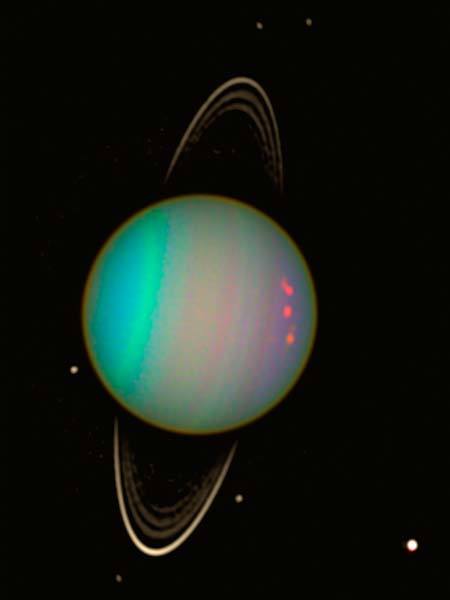
Rings and Moons Circling Uranus, taken by Hubble space telescope.
js
More Posts from Allisonkitten and Others
Ok but what about space emojis ??
I recently got to view this through my very own telescope, super exciting!!
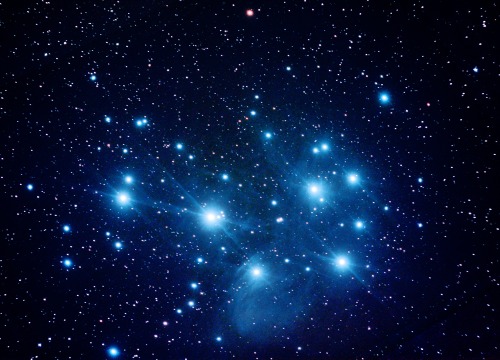
Star cluster, Pleiades.
js
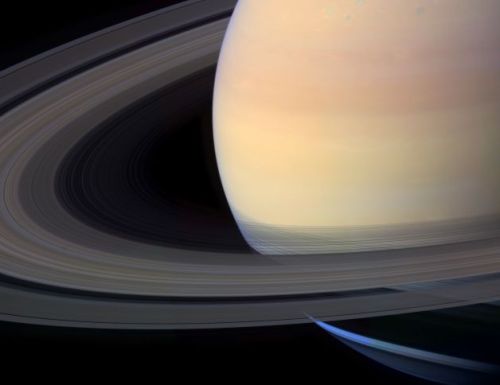
Saturn’s Rings
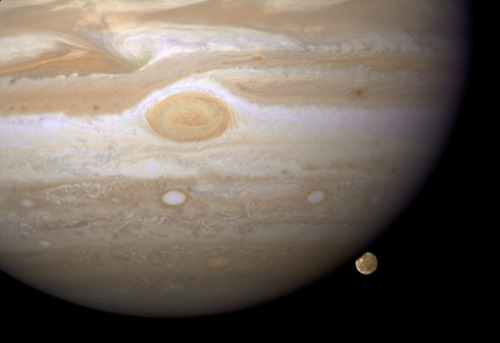
HST/WFPC2 Image of Jupiter and Ganymede, 2007.
Credit: NASA, ESA and E Karkoschka
Happy leap day!!!
Leap Day…Why Does It Exist?
Once every four years, an extra calendar day is added: a leap day. But why?
The reason for adding leap days to the calendar is to align the calendar year with the actual year – which is defined by the time it takes Earth to circle the sun. It is equal to 365 days, 5 hours, 48 minutes and 46 seconds, or 365.24219 days.

If all calendar years contained exactly 365 days, they would drift from the actual year by about 1 day every 4 years. Eventually, July would occur during the northern hemisphere winter! Wouldn’t that be weird?
To correct (approximately), we add 1 day every 4 years…resulting in a leap year.
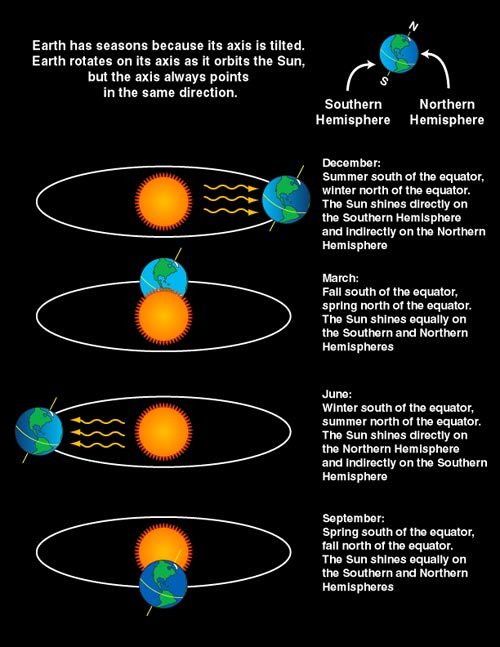
By making most years 365 days but every fourth year 366 days, the calendar year and the actual year remain more nearly in step.
Make sure to follow us on Tumblr for your regular dose of space: http://nasa.tumblr.com
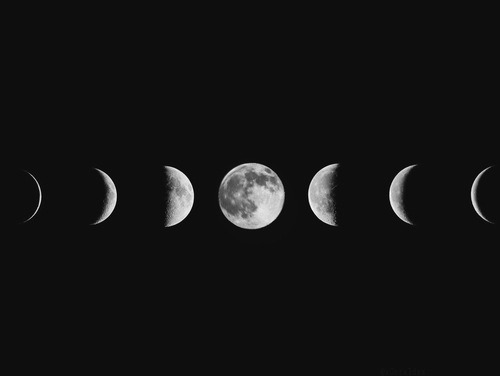
It’s Pi Day!
Pi Day, the informal holiday beloved by math enthusiasts — and even by the math averse — is here! March 14 marks the yearly celebration of the mathematical constant π (pi).

What is Pi?
Pi (3.1415….) is the ratio of circumference to diameter in a circle. Any time you want to find out the distance around a circle when you have the distance across it, you will need this formula.
Despite its frequent appearance in math and science, you can’t write pi as a simple fraction or calculate it by dividing two integers. For this reason, pi is said to be “irrational.” Pi’s digits extend infinitely and without any pattern, adding to its intrigue and mystery.
How Do We Use Pi at NASA?

Measurements: Pi can be used to make measurements – like perimeter, area and volume.
For example, sometimes we use lasers to explode ice samples and study their composition. In this scenario, we can uses pi to calculate the width of the laser beam, which in turn can be used to calculate the amount of energy, or fluence, that hits the ice sample. A larger fluence equals a bigger explosion in the ice.

Commanding Rovers: Pi is also used every day commanding rovers on the Red Planet. Everything from taking images, turning the wheels, driving around, operating the robotic arm and even talking to Earth!
Make sure to follow us on Tumblr for your regular dose of space: http://nasa.tumblr.com
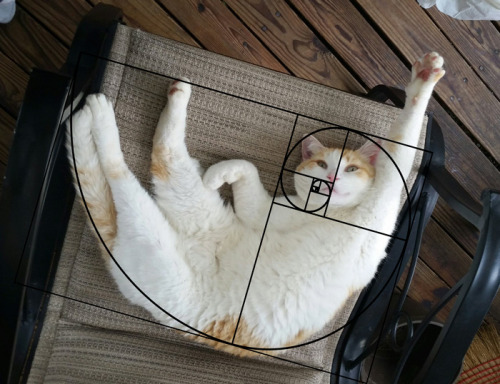
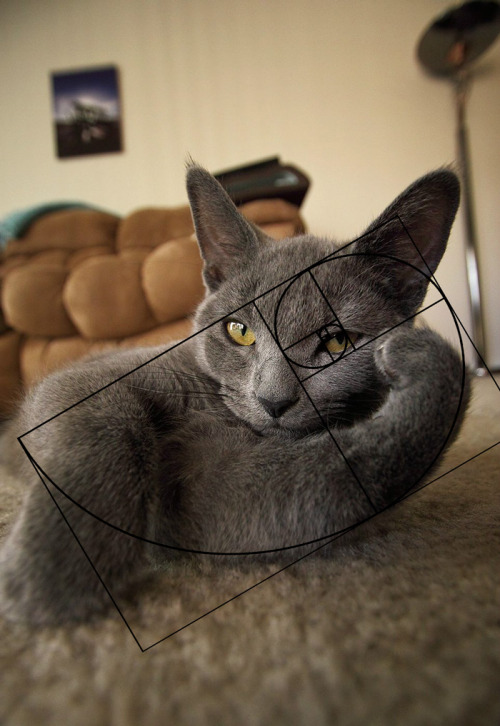
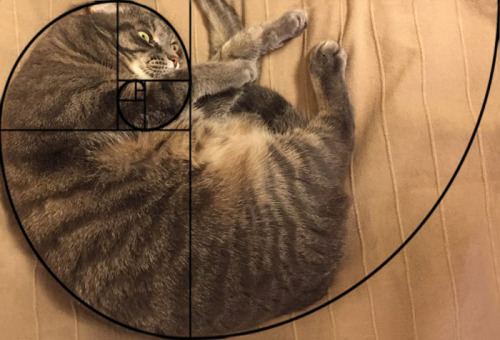
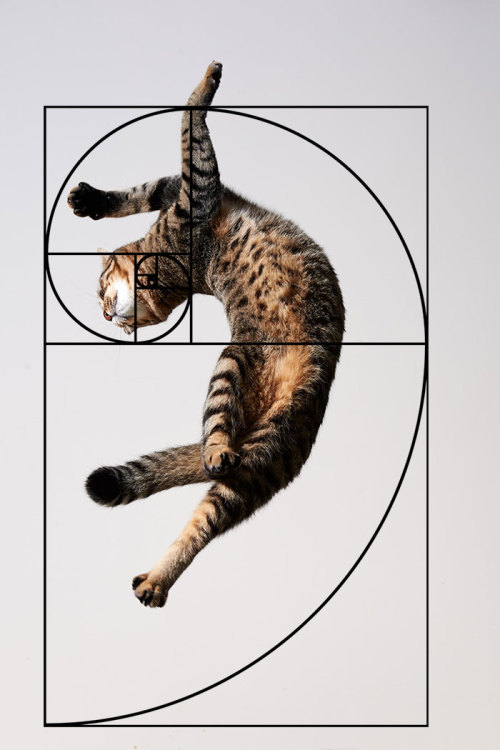
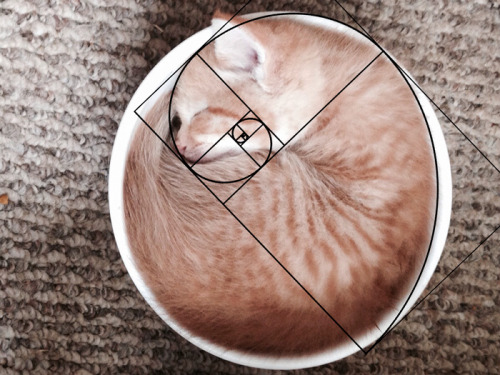

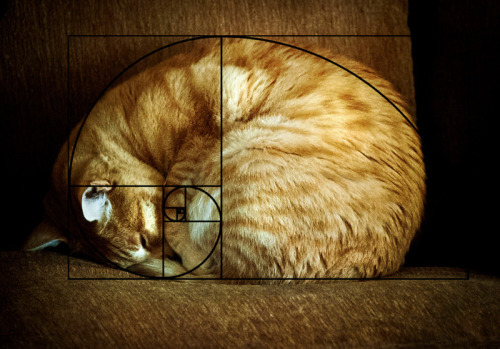
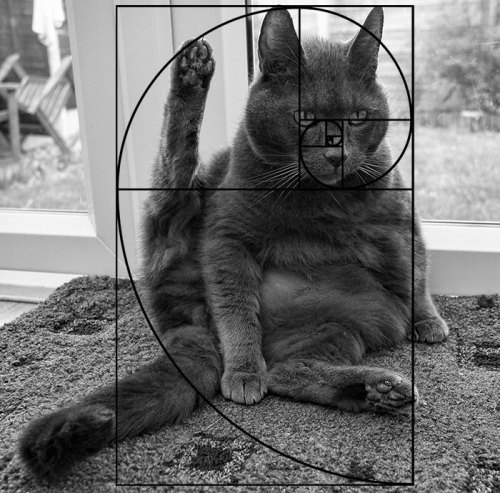
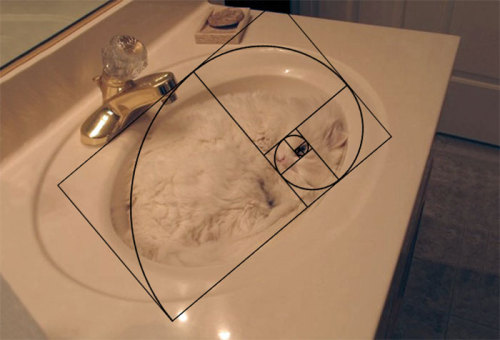

Furbonacci Sequence Proves That Cats Are Purrfect

We exist for a mere blink of an eye in astronomical terms.

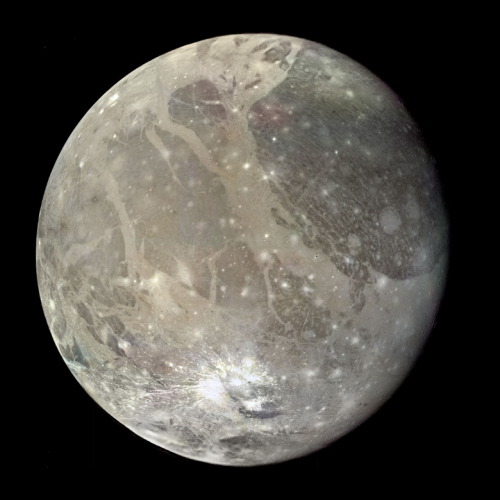
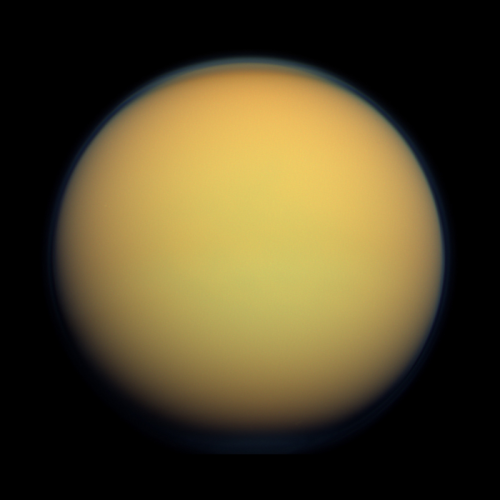
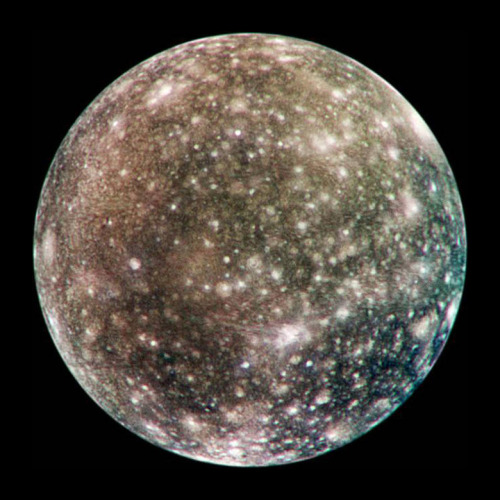
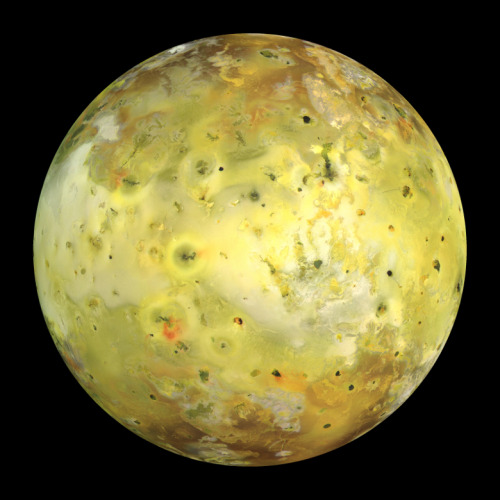
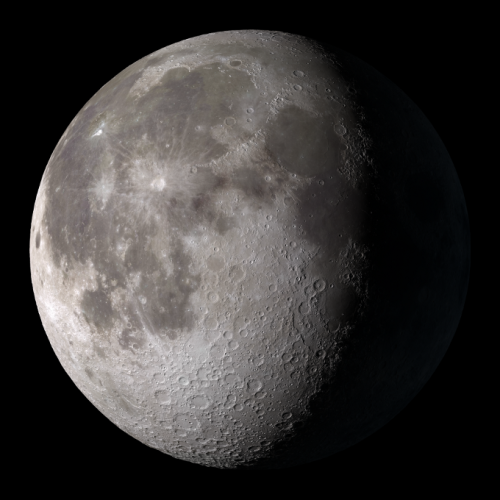
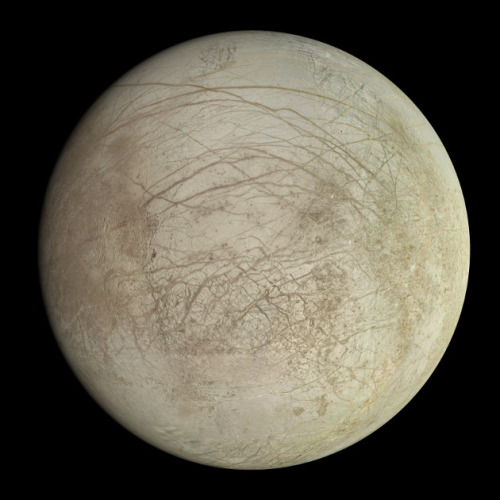
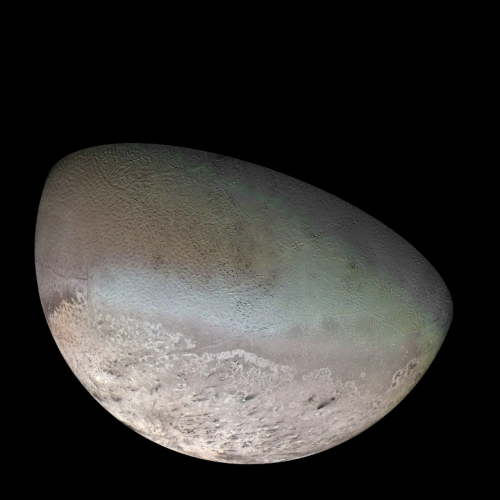
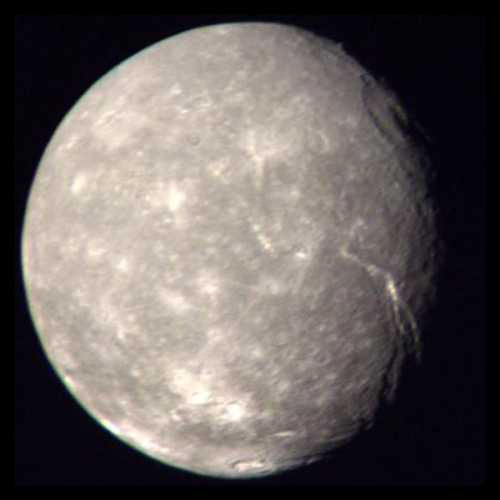
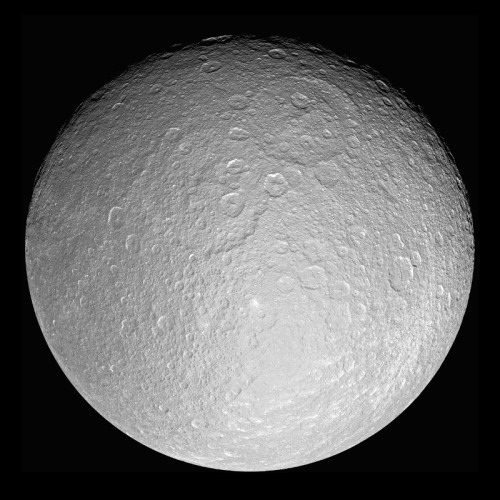
The Largest Moons in the Solar System
Ganymede: Orbits Jupiter, Diameter 5,262 km
Titan: Orbits Saturn, Diameter 5,150 km
Callisto: Orbits Jupiter, Diameter 4,821 km
Io: Orbits Jupiter, Diameter 3,643 km
The Moon: Orbits Earth, Diameter 3,475 km
Europa: Orbits Jupiter, Diameter 3,122 km
Triton: Orbits Neptune, Diameter 2,707 km
Titania: Orbits Uranus, Diameter 1,578 km
Rhea: Orbits Saturn, Diameter 1,529 km
-
 bugspraykruger reblogged this · 4 years ago
bugspraykruger reblogged this · 4 years ago -
 jairosa42 liked this · 6 years ago
jairosa42 liked this · 6 years ago -
 16fahri liked this · 6 years ago
16fahri liked this · 6 years ago -
 britanniadoyle liked this · 6 years ago
britanniadoyle liked this · 6 years ago -
 garden-of-violence liked this · 6 years ago
garden-of-violence liked this · 6 years ago -
 fagdykefrank liked this · 6 years ago
fagdykefrank liked this · 6 years ago -
 adelinealbion-blog liked this · 6 years ago
adelinealbion-blog liked this · 6 years ago -
 cthulus-trophy-twink liked this · 6 years ago
cthulus-trophy-twink liked this · 6 years ago -
 thecozynerd liked this · 6 years ago
thecozynerd liked this · 6 years ago -
 shitbewild liked this · 6 years ago
shitbewild liked this · 6 years ago -
 coldblood-love liked this · 6 years ago
coldblood-love liked this · 6 years ago -
 shtrbger liked this · 6 years ago
shtrbger liked this · 6 years ago -
 therealsirsticker liked this · 6 years ago
therealsirsticker liked this · 6 years ago -
 xghost-of-reblogsx reblogged this · 6 years ago
xghost-of-reblogsx reblogged this · 6 years ago -
 xghost-of-reblogsx liked this · 6 years ago
xghost-of-reblogsx liked this · 6 years ago -
 fiftycookies liked this · 6 years ago
fiftycookies liked this · 6 years ago -
 elsdlkfjskljflsjflsd liked this · 6 years ago
elsdlkfjskljflsjflsd liked this · 6 years ago -
 soullessorionstars liked this · 6 years ago
soullessorionstars liked this · 6 years ago -
 eastern-wind liked this · 6 years ago
eastern-wind liked this · 6 years ago -
 bad-aster11 reblogged this · 6 years ago
bad-aster11 reblogged this · 6 years ago -
 ladykendalsims liked this · 6 years ago
ladykendalsims liked this · 6 years ago -
 childrencanbecruel liked this · 6 years ago
childrencanbecruel liked this · 6 years ago -
 ytelovski reblogged this · 6 years ago
ytelovski reblogged this · 6 years ago -
 ytelovski liked this · 6 years ago
ytelovski liked this · 6 years ago -
 1cadence1-blog liked this · 6 years ago
1cadence1-blog liked this · 6 years ago -
 billyinchains reblogged this · 6 years ago
billyinchains reblogged this · 6 years ago -
 billyinchains liked this · 6 years ago
billyinchains liked this · 6 years ago -
 sharkspaceengine liked this · 6 years ago
sharkspaceengine liked this · 6 years ago -
 pavilionaguest-blog liked this · 6 years ago
pavilionaguest-blog liked this · 6 years ago -
 holo-guac reblogged this · 7 years ago
holo-guac reblogged this · 7 years ago -
 deepspeaker reblogged this · 7 years ago
deepspeaker reblogged this · 7 years ago -
 space-cigarettes reblogged this · 8 years ago
space-cigarettes reblogged this · 8 years ago -
 jjvladimir reblogged this · 8 years ago
jjvladimir reblogged this · 8 years ago -
 megapurplebouquetninjafan reblogged this · 8 years ago
megapurplebouquetninjafan reblogged this · 8 years ago -
 megapurplebouquetninjafan liked this · 8 years ago
megapurplebouquetninjafan liked this · 8 years ago -
 lostinthatdreamland reblogged this · 8 years ago
lostinthatdreamland reblogged this · 8 years ago -
 i084 reblogged this · 8 years ago
i084 reblogged this · 8 years ago -
 i084 liked this · 8 years ago
i084 liked this · 8 years ago
Just a socially awkward college student with an interest in the celestial bodies in our universe.
279 posts